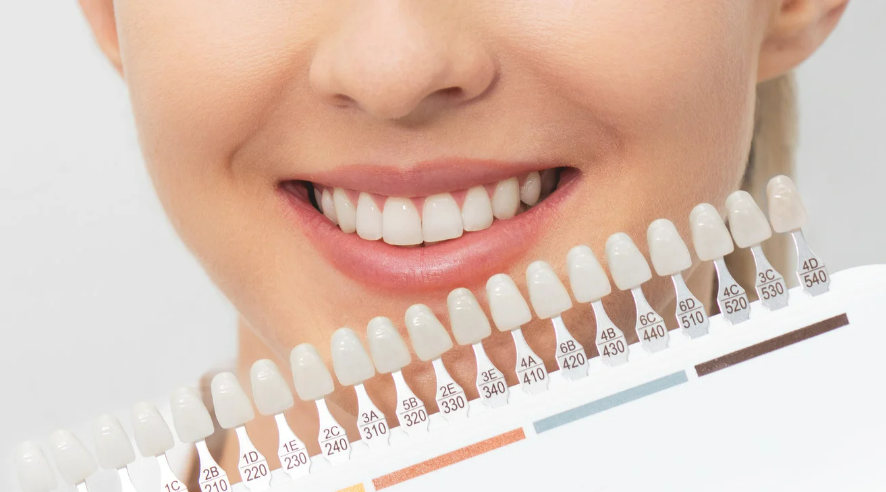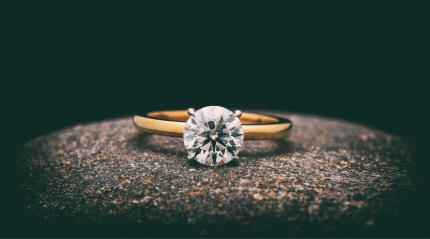Brighter Smiles: A Comprehensive Guide to Teeth Whitening
- 24 July 2022

Having a bright, white smile is often considered a sign of good health and beauty. Unfortunately, as we age, our teeth can become discolored or stained due to various factors such as coffee, wine, or tobacco use. If you're looking to brighten your smile, you're not alone. Teeth whitening is one of the most popular cosmetic dental procedures available. In this article, we'll take a look at the different methods of teeth whitening and what you can expect from each.
In-office Whitening
The first and most common method of teeth whitening is in-office whitening. This procedure is performed by a dental professional and involves the use of a powerful bleaching agent that is applied directly to the teeth. This method is typically the fastest and most effective, and can result in a brighter smile in just one visit. In-office whitening can be done using a light or laser to speed up the process, but the results are often temporary and may require touch-up treatments in the future.
At-home Whitening
Another option is at-home whitening. This involves using a custom-fitted tray filled with a bleaching gel that is worn for a specific amount of time each day. This method is slower but can be more cost-effective and convenient. At-home whitening kits are available over-the-counter or can be prescribed by a dental professional. However, it's important to follow the instructions carefully to avoid damaging your teeth or gums.
If you're looking for a more natural option, there are several home remedies that can help to brighten your teeth. One popular method is using baking soda and lemon juice as a paste. This mixture can be applied to the teeth using a toothbrush, but it's important to remember that the acid in lemon juice can be damaging to your teeth and gums if used too often. Other natural remedies include using charcoal or coconut oil as a whitening agent.
In addition to these methods, it's important to practice good oral hygiene to maintain a bright smile. This includes brushing your teeth twice a day, flossing daily, and using a mouthwash to kill bacteria. If you're concerned about discoloration, you can also consider avoiding foods and drinks that are known to stain teeth, such as coffee, tea, and red wine.
Another factor to consider is the sensitivity of your teeth. Some people may experience sensitivity or discomfort during or after a teeth whitening procedure. If you have sensitive teeth, it's important to discuss this with your dental professional before starting any whitening treatments. In-office whitening may not be the best option for those with sensitive teeth, as it involves the use of strong bleaching agents. At-home whitening kits or natural remedies may be a better option for those with sensitive teeth.
It's also important to note that teeth whitening is not a permanent solution. The results of teeth whitening can last anywhere from six months to two years, depending on the method used and your oral hygiene habits. To maintain a bright smile, it may be necessary to repeat the whitening procedure or touch up with at-home whitening kits. It's important to discuss a maintenance plan with your dental professional to ensure the longevity of your results.
In conclusion, teeth whitening is a great way to boost your confidence and improve your smile. With a variety of options available, there's sure to be a method that's right for you. Whether you choose in-office whitening, at-home whitening, or a natural remedy, be sure to discuss your options with a dental professional to ensure the best results and minimize any risks. So go ahead and brighten your smile today!




